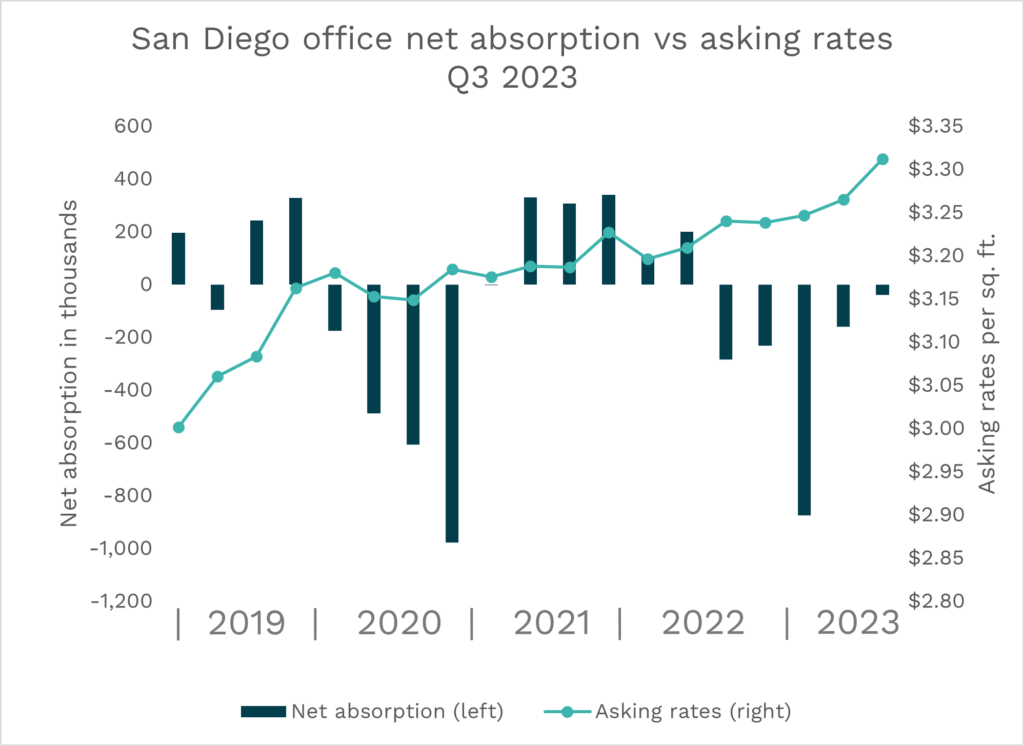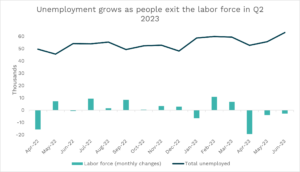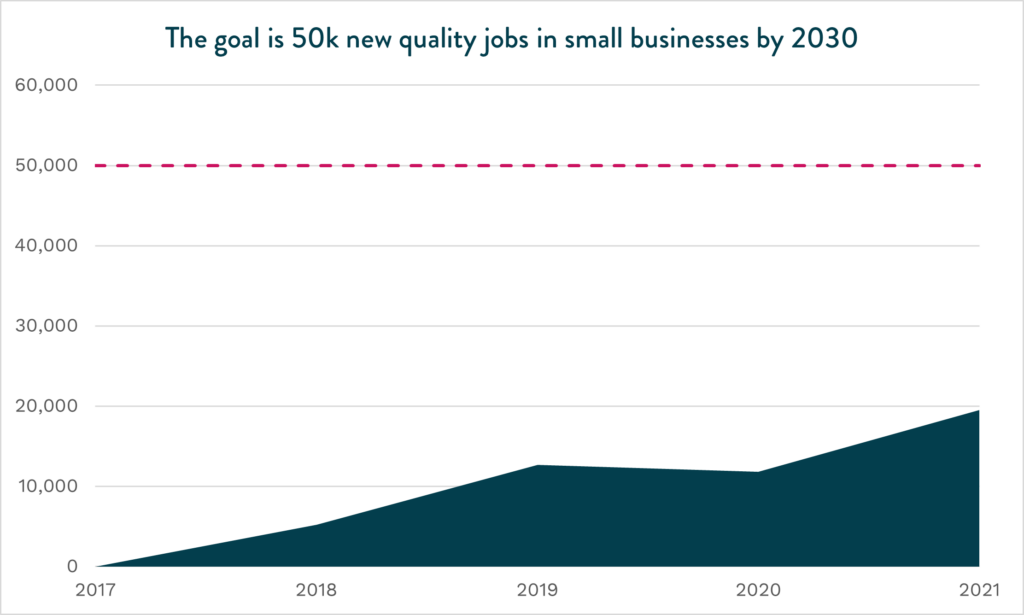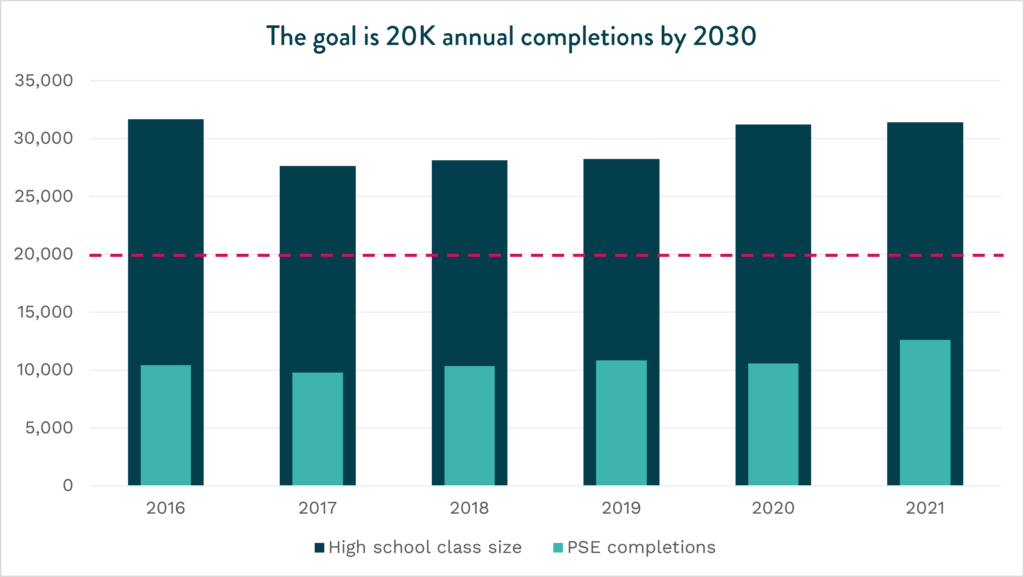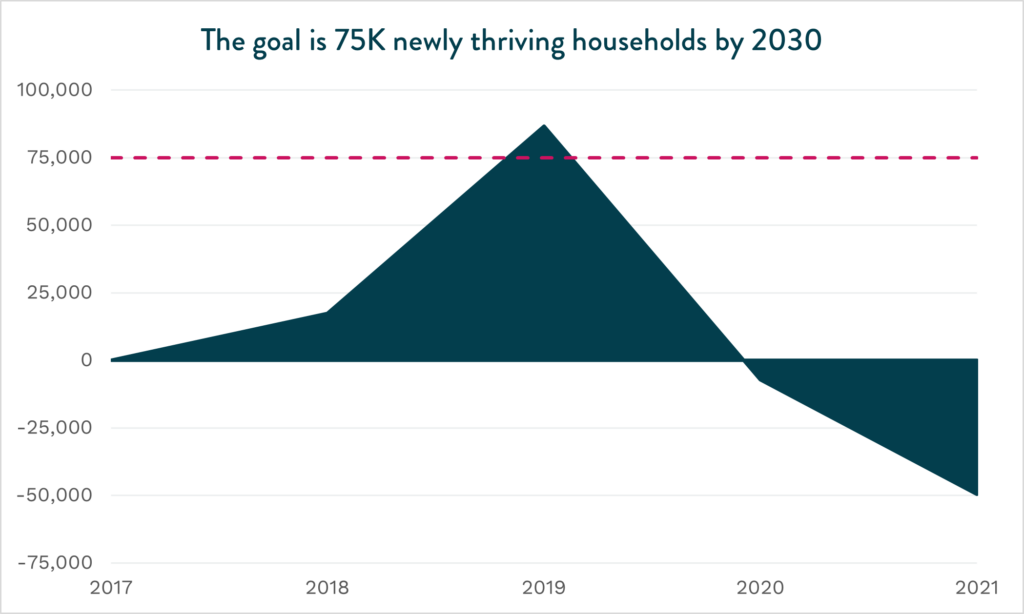Sticking the ‘soft’ landing
Happy new year from your local, recovering economist!
After another year filled with uncertainty and the seemingly ever long tail of pandemic-related disruptions, we enter 2024 with a whole host of questions—some new, some recurring.
The past year was dominated by the prognostications of a looming recession. Goldman Sachs famously gave it a 100 percent probability and even the Federal Reserve was bracing for an economic downturn as recently as the summer.
However, it is worth stating the obvious here that the United States did not go into a recession. Throughout 2023, measures of economic growth consistently beat expectations. In the fourth quarter of the year, the economy grew at an annualized rate of 3.3 percent fueled by consumer spending as well as business investment. We saw record corporate profitability, a strong labor market that added nearly three million jobs, and even inflation slow significantly and come close to the Fed’s comfort level of two percent.
Locally, we ended the year with 23,400 more jobs. Investment also came into the San Diego region from both public and private sources. Startups raised another $4 billion in venture capital funding and San Diego received $950 million in federal funding for cleantech development.
There are more jobs in San Diego than ever before, however there are fewer people available to do them. Over the last 12 months, the labor force declined and it is expected that our prime-working age population will shrink in the coming years. Part of this is due to accelerated retirements brought about by the pandemic; part is due to the ever-increasing cost of living. The median-priced home is now more than $1 million with a monthly mortgage payment of more than $5,300.
So, 2024…
Looking to the year ahead, we are approaching a unique moment to accelerate large scale transformation around the future of work and the built environment.
Employers are offering remote and flexible work arrangements at higher rates than during the height of the pandemic. The rapid adoption of generative AI tools is changing how work is done and re-defining what skill development means, favoring agility over ability. There are 32,000 employers nationwide competing for workers with AI skills. In San Diego, there have been more than 5,200 unique job postings seeking AI skills since the launch of ChatGPT just over a year ago.
The permanence of remote work offerings has led to a re-imagining of the office with a flight toward quality. Many employers remain unsure of when and who should return to the office (we can help). These decisions will have profound implications for the future use of office space across our region, of which there is more than 10 million square feet currently vacant, with several million more planned, under construction, or with leases coming due in the next year.
While affordability remains abysmally low, housing production has ramped up with permitting activity expected to match levels not seen since 2017. This is still not enough new housing to meet demand, but still very welcome development (pun intended!). Additionally, rent growth seems to have plateaued and returned to pre-pandemic rates giving renters a much-needed pause in increases.
And yet, nothing that our region will face in 2024 is inevitable. What lies ahead is both a familiar challenge and a new opportunity for inclusive growth. A challenge to meet the talent needs of our employers, and an opportunity to remove barriers to entry into the workforce. A challenge to promote quality job growth in small businesses, and an opportunity to shift spending toward local, diverse suppliers. A challenge to address affordability, and an opportunity to re-imagine our urban core to retain high-paying jobs and provide housing for working families.
It’s a tall order, but our region is hungry. Let’s get to work!

Eduardo Velasquez
Sr. Director, Research & Economic Development
Read 2023’s edition: Looking into the crystal ball…
